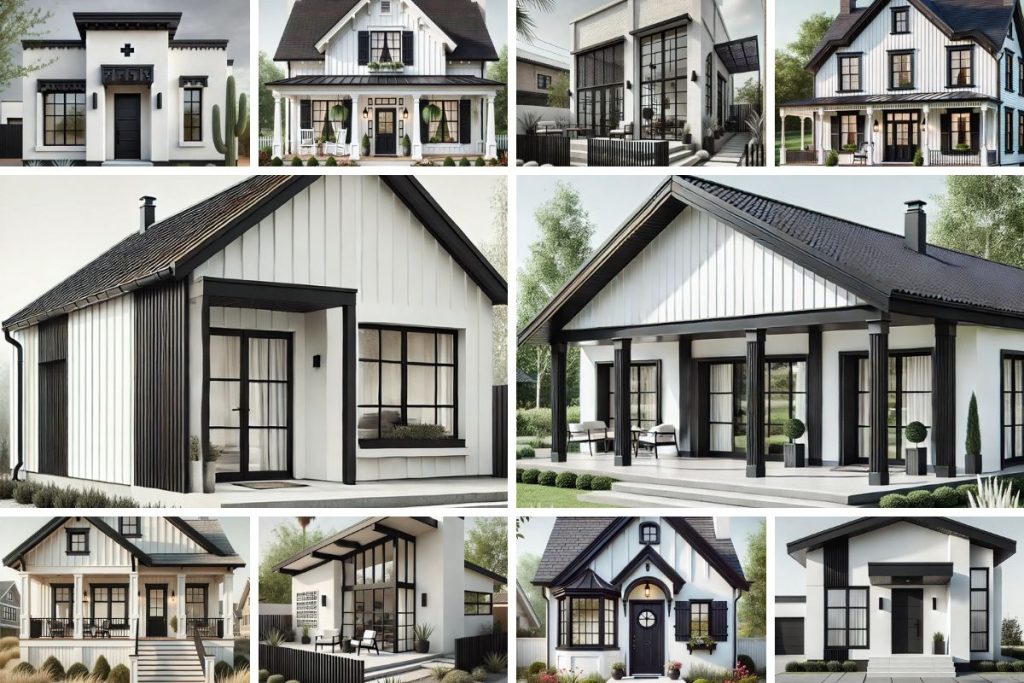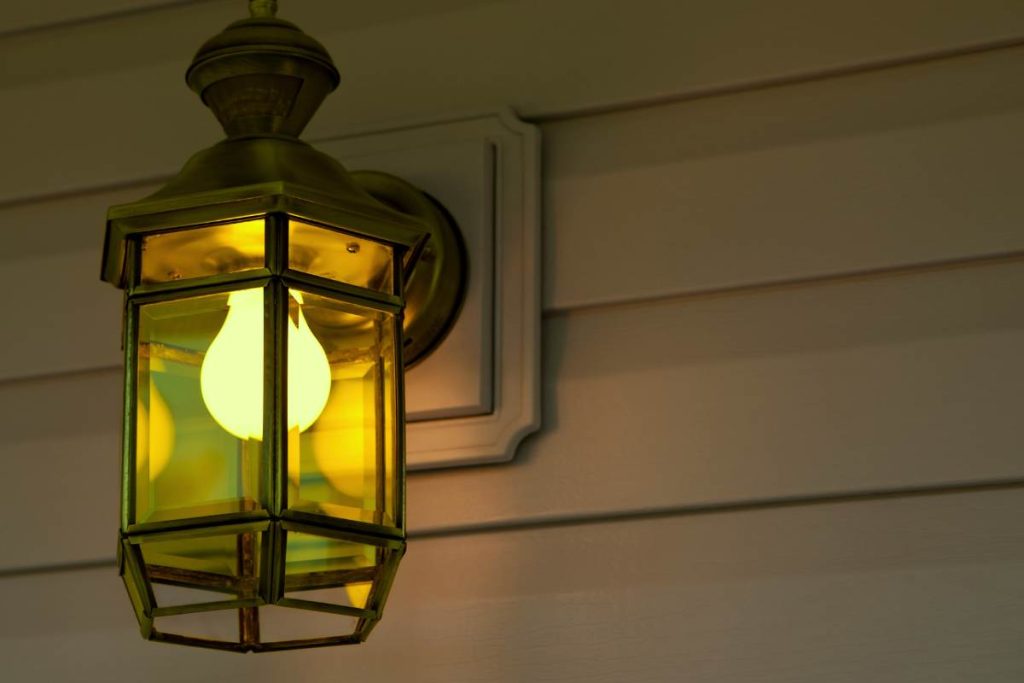Layer your lighting by combining smart bulbs, LED strips, and automated fixtures to create depth and ambiance in every room. Start with a reliable hub system like Philips Hue or LIFX that integrates seamlessly with your existing voice assistants, allowing you to adjust brightness, color temperature, and schedules from anywhere. Replace your most-used fixtures first—think living room lamps and kitchen pendants—where you’ll notice the impact immediately and can experiment with different lighting moods throughout the day.
Smart lighting transforms how you experience your home, turning ordinary spaces into dynamic environments that adapt to your lifestyle. Whether you’re hosting a dinner party with warm, dimmed ambiance or energizing your morning routine with bright, cool-toned light, these systems put complete control at your fingertips. The technology has evolved beyond simple on-off switches into intuitive systems that learn your preferences, sync with your daily rhythms, and even enhance your home’s security when you’re away.
The beauty lies in the flexibility—you’re not just installing light fixtures, you’re creating an intelligent lighting ecosystem that grows with your needs and complements your home’s aesthetic perfectly.
Why Smart Lighting Is the Secret Weapon Designers Don’t Talk About
Here’s the truth professional interior designers know but rarely share openly: lighting isn’t just about seeing—it’s about *feeling*. While everyone obsesses over paint colors and furniture placement, designers quietly use smart lighting as their secret weapon to transform ordinary rooms into magazine-worthy spaces.
Think about the last time you walked into a hotel lobby or upscale restaurant and thought, “Wow, this feels amazing.” That wasn’t an accident. It was carefully orchestrated lighting creating layers of ambiance that made the space feel intentional, luxurious, and worth remembering.
Smart lighting gives you that same designer toolkit right in your pocket. With a simple tap, you can wash accent lights across textured walls to add depth and drama. You can illuminate artwork or architectural details—those crown moldings or that gorgeous fireplace mantle—drawing the eye exactly where you want it to go. And here’s the game-changer: you can make small rooms feel dramatically larger by bouncing light off ceilings and using uplighting to create the illusion of height.
The real magic happens with layering. Designers never rely on a single overhead fixture (that’s the fastest way to create that flat, uninspiring look). Instead, they build atmosphere with multiple light sources at different levels—ambient, task, and accent lighting working together. Smart systems let you orchestrate all these layers simultaneously, creating scenes that shift throughout the day.
Morning energy with bright, cool-toned light? Done. Cozy evening vibes with warm, dimmed accents? Absolutely. It’s like having an interior designer on staff, adjusting your home’s mood to match the moment—and that’s something traditional lighting could never deliver.


The Three Smart Lighting Systems That Actually Make Sense for Real Homes
Smart Bulbs: The Renter’s Best Friend
Smart bulbs are the gateway drug to home automation—and they’re perfect if you’re renting or just testing the waters. Simply screw them into your existing fixtures, download the companion app, and you’re instantly controlling lights from your phone. No electrician required, no landlord permission needed, and you can take them with you when you move.
They shine brightest (pun intended) in spaces where you already have lamps or exposed bulb fixtures—think bedside table lamps, floor lamps in reading nooks, or pendant lights over your dining table. Create cozy amber tones for movie nights or energizing daylight hues for your home office, all with a tap.
The catch? Smart bulbs need constant power, meaning wall switches must stay on—which confuses guests and family members. They’re also fixture-dependent, so recessed lighting or multi-bulb chandeliers can get expensive quickly. For whole-room coverage or new construction, you’ll want to explore smart switches instead. But for renters and commitment-phobes? Smart bulbs deliver maximum impact with minimal fuss.
Smart Switches: The Whole-Home Solution
If you love your current light fixtures—that vintage chandelier or those perfect pendant lights—smart switches let you keep them while gaining smart control. Instead of replacing bulbs, you’re swapping out the wall switch itself. Flip the switch manually or control it through your phone; either way, your existing fixtures respond beautifully.
Installation does require basic electrical work, so you’ll need to feel comfortable turning off breakers and handling wiring (or calling in an electrician). Most homes have neutral wires in switch boxes, though older homes sometimes don’t—check first to avoid compatibility headaches.
This approach shines when you’re upgrading rooms with multiple fixtures on one circuit. Wire one smart switch, and suddenly your entire dining room or hallway becomes smart-enabled. It’s particularly brilliant for outdoor lighting, ceiling fans with lights, or any space where you’d rather not hunt down every bulb. The upfront cost feels steeper per switch, but when one device controls six recessed lights, the math works beautifully in your favor.
Smart Fixtures: When You Want It All
If you’re craving that magazine-worthy look without visible bulbs or separate smart components, integrated smart fixtures are your answer. These all-in-one beauties combine sophisticated lighting technology with stunning design—think sleek pendant lights with built-in dimming and color control, or architectural recessed fixtures that disappear into your ceiling while delivering smart functionality.
The investment makes sense when aesthetics matter most. Installing a statement chandelier in your entryway or designer sconces in your dining room? Choosing smart-enabled versions means you won’t sacrifice your vision for functionality. You’ll get clean lines, cohesive design, and premium materials alongside voice control and scheduling features.
These fixtures shine brightest (pun intended!) in spaces where lighting becomes part of your décor story—living rooms, bathrooms, and bedrooms where every detail counts. Yes, they cost more upfront, but you’re investing in both form and function. Plus, professional installation is often simpler since everything’s integrated, saving you the headache of retrofitting standard fixtures with separate smart components.
Creating Mood Magic: How to Design Lighting Scenes That Match Your Life
Ready to transform your home’s atmosphere at the tap of a button? Creating custom lighting scenes is where smart lighting truly shines, letting you choreograph the perfect ambiance for every moment of your day.
**Start Your Day Right: The Morning Energizer**
Forget jarring alarm clocks. Program a “Sunrise Scene” that gradually brightens your bedroom lights from warm amber to cool white over 15 minutes. Start at 10% brightness with 2700K (soft yellow) warmth, then transition to 80% brightness at 5000K (crisp daylight) by the time you’re ready to get up. Pair this with kitchen lights that automatically illuminate to full brightness when you walk in for that first coffee—no fumbling for switches with sleepy eyes.
**Work Mode: Focus and Productivity**
Create a “Deep Work” scene for your home office with bright, neutral-white lighting (4000K-5000K) at 90% intensity. This mimics natural daylight and keeps you alert during video calls and focused tasks. Add a subtle desk lamp accent to reduce screen glare. Save this scene to activate with a simple voice command or schedule it for your typical work hours.
**Evening Wind-Down: Cozy Comfort**
Here’s where the magic really happens. Design a “Movie Night” scene that dims living room overhead lights to 20%, adds a warm glow behind your TV to reduce eye strain, and sets accent lights to soft amber tones. For dinner parties, try a “Dinner Gathering” preset with chandelier lights at 60% warm white, complemented by under-cabinet kitchen lights creating an inviting atmosphere without overwhelming conversation.
**Bedtime Bliss: The Perfect Send-Off**
Your “Goodnight Routine” should gradually dim bedroom lights over 30 minutes, shifting from daylight whites to deep amber (2200K). This mimics sunset and naturally triggers melatonin production. Include hallway path lighting at 5% brightness for safe midnight bathroom trips without shocking your system awake.
Most smart lighting apps let you save these scenes as favorites, schedule them automatically, or trigger them with voice commands. Start with these four essential scenes, then experiment—you’ll soon discover your home adapting seamlessly to your lifestyle, creating the perfect mood exactly when you need it.
Room-by-Room Strategies That Interior Designers Actually Use
Living Rooms: Layering Light for Maximum Impact
Your living room is where life happens—movie nights, game days, quiet reading sessions—so your lighting needs to work just as hard as you do. The secret? Think in layers. Start with **ambient lighting** as your foundation: smart ceiling fixtures or recessed lights controlled by voice or app give you effortless, room-wide illumination. Next, add **task lighting** where you need it most—adjustable smart floor lamps beside reading chairs or directed spotlights over your favorite art piece. Finally, **accent lighting** brings the magic: LED strips behind your TV, smart bulbs in table lamps set to warm tones, or color-changing fixtures highlighting architectural features.
The beauty of smart systems is flexibility. Create scenes for every mood—”Movie Night” dims overheads while accent lights glow softly, while “Morning Coffee” gradually brightens everything. Program schedules so your space welcomes you home with perfect lighting automatically. Mixing different light sources at varying heights creates depth and visual interest that flat, single-source lighting never achieves. Start with one layer, experiment, and build your perfect lighting recipe.
Kitchens: Bright, Functional, and Surprisingly Stylish
Your kitchen deserves lighting that works as hard as you do. Start with smart bulbs in overhead fixtures that adjust from energizing daylight white during meal prep to warm amber during dinner parties—all controlled from your phone or voice assistant.
The real game-changer? Under-cabinet lighting strips that illuminate countertops beautifully while eliminating shadows where you chop and slice. Many systems let you set different zones: bright task lighting over the sink and stove, softer ambient light above the breakfast bar. Program morning routines that gradually brighten as your coffee brews, or set the mood for entertaining with dimmed overhead lights paired with glowing cabinet accents.
Install motion-activated strips inside pantries and cabinets so you’ll never fumble for ingredients in the dark again. These practical touches transform your kitchen from purely functional to genuinely inviting—proving that smart lighting isn’t just about technology, it’s about creating a space where cooking and gathering feel effortless and enjoyable.
Bedrooms: Sleep Better and Wake Up Easier
Your bedroom should be a sanctuary that helps you wind down at night and wake up refreshed—and smart lighting makes both happen naturally. Instead of jarring overhead lights, program warm amber tones that gradually dim as bedtime approaches, signaling your body to produce melatonin and prepare for sleep. This mimics the sunset your ancestors experienced, supporting your natural circadian rhythm.
Morning routines become gentler too. Set your lights to slowly brighten 15-30 minutes before your alarm, simulating sunrise. You’ll wake up feeling less groggy than with a traditional alarm—trust me, it’s a game-changer on dark winter mornings.
Beyond sleep science, smart lighting creates instant ambiance. A “movie night” scene dims everything to cozy levels, while a “romantic evening” preset bathes the room in soft, flattering light—all controlled from your phone or voice assistant. No more fumbling for switches when your hands are full, and bedside reading becomes perfectly customizable without disturbing your partner.

Bathrooms and Hallways: The Overlooked Opportunities
Bathrooms and hallways often fade into the background, but smart lighting transforms these transitional zones into showstoppers. Motion-activated lights in hallways eliminate fumbling for switches during midnight trips, while dim, warm pathways guide you safely without jolting anyone awake. Consider installing smart strip lighting along baseboards or under vanities—it adds a spa-like glow that’s both practical and luxurious.
In bathrooms, program your lights to gradually brighten in the morning, mimicking natural sunrise for a gentler wake-up routine. Color-changing bulbs let you shift from energizing cool white for morning prep to relaxing amber tones for evening baths. Install motion sensors inside closets or linen cabinets so they automatically illuminate when doors open—no more searching in shadows.
These often-neglected spaces offer surprisingly creative opportunities. A dimly lit hallway gallery wall becomes dramatic with smart accent lighting, while LED strips behind bathroom mirrors eliminate harsh shadows for flawless makeup application.
The Installation Reality Check: What You Can DIY and When to Call Help
Let’s get real about what you can tackle yourself and when it’s smarter to bring in a pro. The good news? Most smart lighting installations are surprisingly DIY-friendly, even if you’ve never touched an electrical project before.
**The Easy Wins You Can Absolutely Handle**
Smart bulbs are your best friend here—seriously, if you can screw in a regular lightbulb, you’re qualified. No rewiring, no special tools, just swap and sync with your phone. The same goes for plug-in smart lamps and LED strip lights with adhesive backing. These are perfect weekend projects that require zero electrical expertise.
Smart switches get slightly trickier but remain manageable for confident DIYers. If you’re replacing an existing switch and your home has a neutral wire (most homes built after the 1980s do), you can follow step-by-step video guides and complete the job in about 30 minutes per switch. Just remember: always turn off the breaker first—non-negotiable safety rule.
**When to Speed-Dial an Electrician**
Here’s where professional help becomes worth every penny. If your home lacks neutral wires, you’ll need an electrician to assess your options. Installing recessed smart lighting requires cutting into ceilings and dealing with junction boxes—definitely not beginner territory. Outdoor smart lighting involving buried wiring or significant electrical runs should also go to the pros.
Safety-wise, if you encounter aluminum wiring, feel uncomfortable working inside your electrical panel, or discover any damaged wiring, stop immediately and call a licensed electrician.
**Budget Reality Check**
DIY smart bulb setups run $15-50 per bulb. Professional switch installations typically cost $150-300 per switch including labor. While hiring help increases upfront costs, it guarantees code compliance and often includes warranties—giving you peace of mind that’s genuinely priceless.
Making Your Smart Lights Actually Work Together (Without a Computer Science Degree)
Here’s the thing about smart lighting: it sounds intimidating, but it’s honestly easier than programming your old VCR ever was. The secret? Most systems are designed for regular people who just want their lights to work without reading a manual the size of a phone book.
**Getting Started with Voice Control**
If you’ve got Alexa, Google Assistant, or Siri already hanging out in your home, you’re halfway there. Most smart bulbs and switches connect through their own apps first—just scan a QR code or follow the prompts. Once they’re talking to your Wi-Fi, link that app to your voice assistant. The whole process usually takes about five minutes per room, and suddenly you’re living in the future, dimming lights with your voice while your hands are full of grocery bags.
**Automation That Actually Makes Sense**
Forget complicated routines that need coding skills. Start simple: lights on at sunset, off at 11 PM. Wake up to gradually brightening bedroom lights instead of a jarring alarm. Most apps have templates like “movie mode” that dims your living room, or “good morning” sequences that ease you into the day. You’re basically dragging and dropping schedules, not writing software.
**The Compatibility Question**
Here’s the honest truth: not everything plays nicely together, but most mainstream brands work with the big three voice assistants. Before buying, check for that “Works with Alexa” or “Google Assistant compatible” badge. If you’re mixing brands, a smart home hub like Samsung SmartThings can be the translator between different systems—though honestly, many folks do just fine sticking with one ecosystem.
The beauty of modern smart lighting? You can start with one room, see how it feels, and expand from there. No master plan required, no technical degree needed—just lights that finally work the way you’ve always wished they would.
Smart lighting has the power to completely transform how you experience your home—from the moment you wake up to those cozy evening hours. The best part? You don’t need to overhaul your entire house to feel the impact. Starting with just one room, or even swapping a few bulbs for smart alternatives, can open your eyes to the possibilities. Imagine adjusting your kitchen’s brightness while cooking dinner without leaving the stove, or setting the perfect movie-night ambiance with a simple voice command.
The beauty of smart lighting is that it meets you where you are. Whether you’re tech-savvy or just beginning to explore home automation, there’s an entry point that fits your comfort level and budget. You don’t need a degree in electrical engineering or a massive renovation budget—just a willingness to experiment and discover what works for your lifestyle.
Your home deserves lighting that’s as dynamic and unique as you are. Take that first step, start small, and watch as thoughtful illumination elevates every corner of your space into something truly special.






















